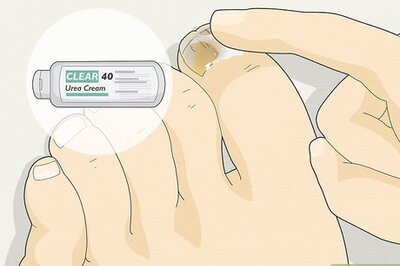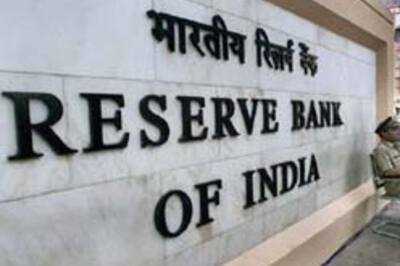
views
The Centre on Friday extended the validity of the Electric Mobility Incentive Scheme (EMPS) 2024 by two months from July 31 to September. The outlay for the scheme has also been increased to Rs 778 crore from the original Rs 500 crore earmarked for subsidising the sale of electric two- and three-wheelers, an official statement said.
The EMPS scheme was originally scheduled to run from April 1, 2024, to July end. Under the scheme, buyers of electric vehicles (EV) can get a subsidy of up to Rs 10,000 per two-wheeler and Rs 50,000 per three-wheeler. The companies will sell the locally manufactured vehicles to the buyers at a discount and later apply for subsidies from the Ministry of Heavy Industries.
EMPS helps to encourage the sale of clean energy vehicles after the Faster Adoption & Manufacturing of Electric Vehicles (FAME) scheme expires on March 31.
The targets for the scheme have been increased to 5.61 litres of electric vehicles from the original 3.72 litres. The revised targets include 500,080 electric two-wheelers (e-2Ws) and 60,709 electric three-wheelers (e-3Ws), the statement added.
ET reported earlier this month that the Centre is confident of achieving its targets under the EMPS due to robust sales of electric vehicles. Hero Motocorp, Bajaj, TVS, Ather, Ola and Kinetic Green are among the electric vehicle manufacturers that have received approval to sell vehicles and apply for EMPS subsidies.
Under the FAME scheme, there was a phased manufacturing scheme (PMP) that allowed EV manufacturers to import components before sourcing them locally. This scheme has been replaced with stricter compliance with localisation requirements from day one under the EMPS and is expected to be retained in the next scheme as well. The per unit subsidy for e2w and e3w has also been reduced to less than half of the subsidies initially provided under FAME.
The FAME scheme was introduced in 2015 with a budget of Rs 5,172 crore. FAME II was announced in 2019 with a budget of Rs 10,000 crore and continued for five years. During the implementation of the FAME scheme, there were cases where EV manufacturers used imported components and claimed government subsidies for the same. This has led to stricter norms for disbursement of subsidies in subsequent schemes.


















Comments
0 comment